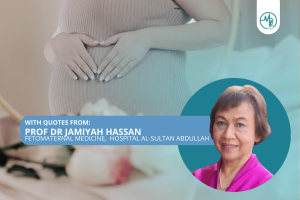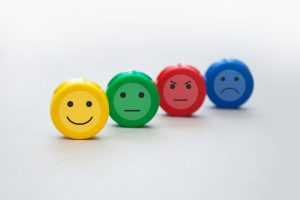Low blood sugar, also called hypoglycaemia, refers to the condition where blood glucose levels drop below normal. This condition is mostly seen in diabetic patients who are under medications that increase insulin. However, hypoglycaemia can also be observed in non-diabetic individuals. It is important to treat hypoglycaemia as soon as you become aware of it.
Sugar, insulin, and our body
Glucose is the major source of energy in our body and it can be obtained from foods that are rich in carbohydrates such as potatoes, rice, and bread. Insulin is a hormone produced by the pancreas, the glucose we consume is absorbed into the bloodstream where it is used by the cells of the body with the help of insulin. If our body has more glucose than it requires, the excess is stored in the liver, muscles or converted to fat which can be later used for energy.
Symptoms of low blood sugar
Symptoms of hypoglycaemia vary between individuals and may change over time but typically include:
- Sweating
- Trembling
- Increased heart rate
- Headache
- Pale skin
- Hunger
- Tingling lips
- Feeling tired
If low blood sugar is not treated, symptoms may escalate to:
- Weakness
- Faintness
- Confusion and lack of concentration
- Feeling sleepy
- Blurred vision
- Agitation and aggressiveness
- Slurred speech or clumsiness
- Seizures or fits
- Collapsing or passing out
Sometimes hypoglycaemia may occur throughout the night and the individual may not notice the symptoms while they are asleep however, on waking up, the individual might notice a damp sheet (due to sweating), be restless or have a headache.
If you are at risk of low blood sugar levels, you should consult your physician for treatment options.
Causes of low blood sugar
Hypoglycaemia may occur in the following conditions:
- Decrease in carbohydrate consumption (decreased absorption of sugar into the bloodstream)
- Excess carbohydrate utilisation, such as in intense exercise (burning more fuel for energy)
- Increase in circulating insulin: this enhances uptake of glucose by the cells and results in low blood sugar levels
Some causes of low blood sugar may also be due to:
- Missed meals or delaying meals
- Not eating enough carbohydrates
- Increased exercise
- Excessive alcohol consumption
- The effect of medication – increased dose of insulin or other glucose-lowering agents or antiviral drugs
Hypoglycaemia in non-diabetic individuals may be due to:
- Lack of adequate nutrition
- Pregnancy
- The body releasing too much insulin after a meal
- Liver disease such as hepatitis
- Certain medications like quinine (anti-malarial)
Diagnosis
To determine if you are having low blood sugar, you may need to check your blood glucose levels. Your physician may ask you about the medication you take and conduct a physical examination. Your physician may also recommend a blood test to assess your blood sugar levels.
Treatment: the ’15-15-15′ rule
Treating low blood sugar includes consuming some of the following fast-acting carbohydrates:
- A glucose tablet
- A candy
- A glass of sugar juice
- A glucose gel
- 1 tablespoon honey
After consuming 15 mg of any of the above items, you should check your blood level after 15 minutes. If it is below 70 mg/dL (3.9 mmol/L), you may need to consume another 15 grams of carbohydrates. You should repeat this process until your blood sugar exceeds 70 mg/dL (3.9 mmol/L).
Treating severe hypoglycaemia that results in fainting may require the administration of 25 grams of intravenous glucose or 1 mg of intramuscular glucagon. If you are treating someone with hypoglycaemia that experiences seizures or fits, you need to stay with them and keep them away from anything dangerous. Lie them down on something soft and if it lasts more than 5 minutes, call for an ambulance.
Prevention of low blood sugar
You can prevent a hypoglycaemic episode by observing the following:
- Checking your blood glucose level regularly
- Being well informed about the symptoms of hypoglycaemia
- Not missing meals
- Eating carbohydrate-rich foods
- A balanced exercise and carbohydrate intake
- If you are diabetic, carrying candy or a glucose tablet with you at all times
- Avoiding alcohol
- Regularly consulting your physician to control the effects of the medications you take
- Keeping family and friends informed about your condition
You should not drive while you are hypoglycaemic and should strictly follow the instructions provided by your physician.












